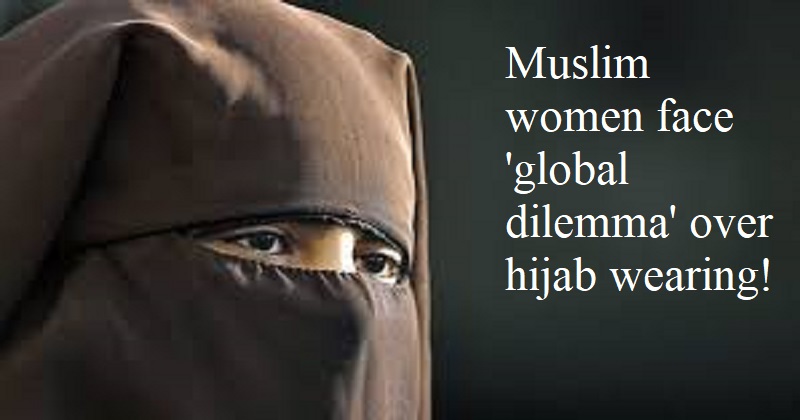
In February of this year, a severe racial riot was started by six females at a junior government college in Kundapura, Karnataka’s Udupi district, refusing to attend lessons without the hijab. To promote discipline and a secular mentality, all the college administration sought to do was impose consistency in student attire. However, Imams and extremist Islamic organisations dubbed it an invasion of the religious identity of their girls.
In the wake of these violent crowd clashes with police, hijab marches were organised in Punjab, Rajasthan, Tamil Nadu, Andhra Pradesh, Telangana, and Maharashtra. They were making yet another attempt to advance their exclusionary agenda, which includes Friday school holidays, separate prayer rooms in public and commercial buildings, the right to pray on government property, and a ban on body searches in airports, voting booths, and other delicate public places. Not just preachers and hotheads from the Muslim community protested. With an eye on Muslim votes, non-BJP political parties jumped to their defence right away. The hijab ban was quickly criticised by liberals as a repressive, non-secular policy. Unexpectedly, the highest court also took an interest in it.
In a split verdict, Justice Dhulia determined that wearing a hijab was a personal choice and that requiring Muslim females to take one off would violate their right to privacy and dignity. Compare the Muslim response in India to what has been happening in Iran, a very strict Islamic country, during the past five weeks. Mahsa Amin, a 22-year-old Kurdish woman from Saqqez, was held in a re-education facility for breaching the country’s mandatory veiling rules after being apprehended by the Morality police (also known as ‘Guidance Patrol’). She died following three days of torture and a deadly hit to the head.
More than 63 nations and the worldwide community have shown a great deal of sympathy for the Iranian girls. As they burned hijabs and chopped their hair in public, hundreds of women chanted, ‘No to headscarves, yes to life, freedom, and equality’. In Shiraz, Karaj, Tehran, Saqeez, Sanandaj, and nine other cities, throngs of schoolgirls snarled traffic. Since then, the Iranian security forces have jailed more than 12500 people and murdered 224 protestors, including 34 children.
Abir Al-Shablani, a Swedish MEP, shaved her head while speaking in the European Parliament. In a similar vein, 50 French women, including musicians and painters, chopped off their hair in Paris. Visitors visiting the National Centre for Contemporary Art and Architecture in Rome, Italy, put their hair in a clear box at the entry to be transported to the Iranian Embassy. Being torn between growing calls for personal freedom and religious customs, it is noteworthy that the majority of Muslim countries decided not to take sides. Both reformers and the hearing and the blind should consider these.

Post Your Comments